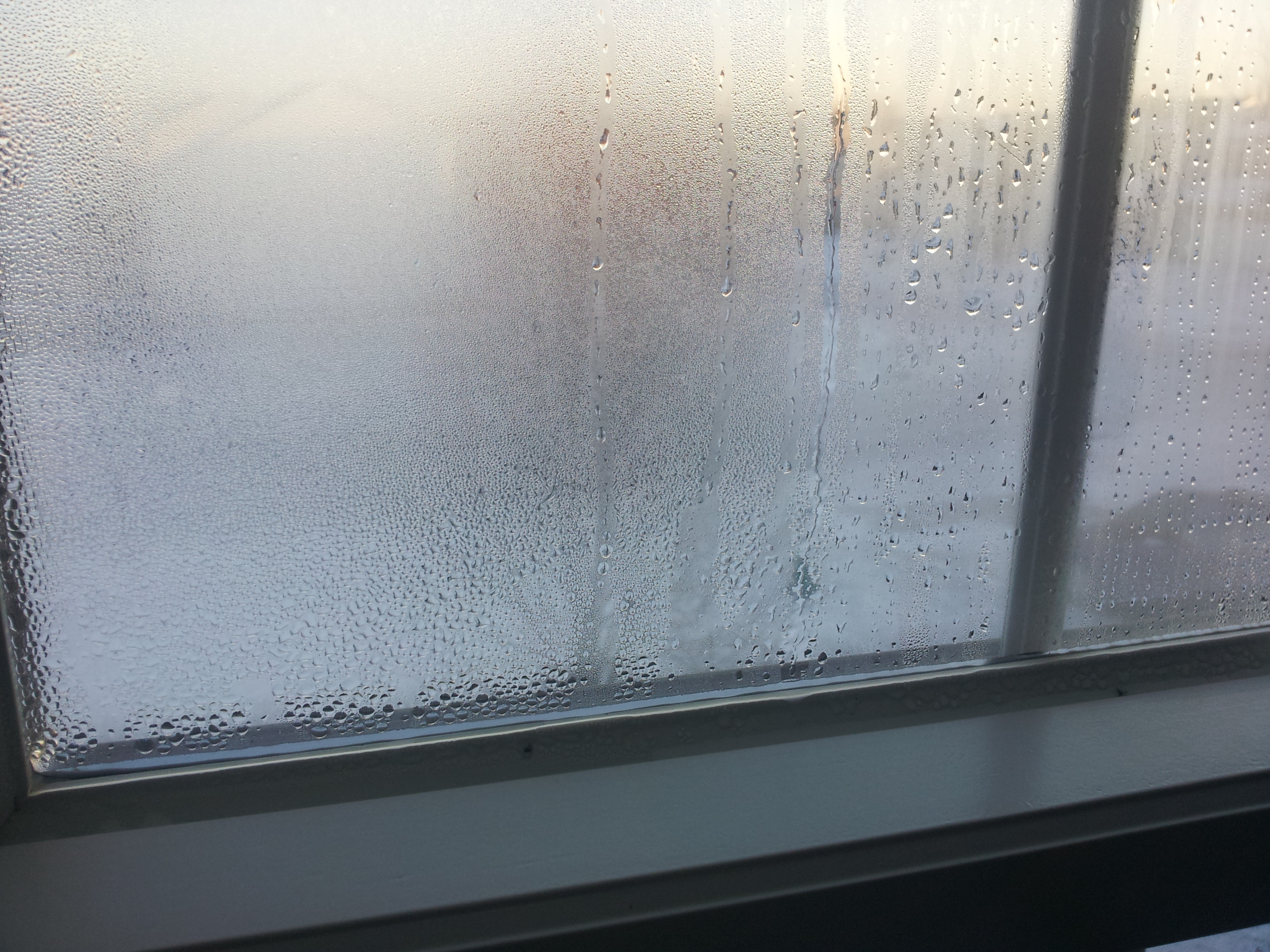If you’re planning to reseal old exterior joints, you’ll need to start by removing the old sealant with tools such as a utility knife and a scraper. The main selling point of polyurethane caulk is that it expands as it dries. caulking large gaps exterior.
Caulking Large Gaps Exterior, For that reason, this is the type of caulk best used on large and/or irregularly shaped gaps. Fill larger gaps with steel wool and foam. Before professionals fill a large gap with caulk, they bridge the wide opening with a stiff foam backer rod.
 Make Exterior Caulk Last Longer The Family Handyman From familyhandyman.com
Make Exterior Caulk Last Longer The Family Handyman From familyhandyman.com
If you go beyond those limits, then a backer rod is recommended. In the old days, the builder would install the trim, bring the siding up to it, and caulk the corner. Before professionals fill a large gap with caulk, they bridge the wide opening with a stiff foam backer rod.
Make sure downspouts are discharging at least five feet away from any concrete slab the farther the better.
Apply the caulk over the filled joint and strike smooth. This caulk is built to resist mildew, therefore protecting your home from molds. White caulk on brick or concrete looks terrible. Another method of filling large gaps is to use expanding spray foam. If you go beyond those limits, then a backer rod is recommended. Now there�s no mystery to caulking or sealing but there is well, a secret.
Another Article :

The main selling point of polyurethane caulk is that it expands as it dries. Agreed, the loose material should be cleaned off as well, spot primed before the backer rod is installed. It dries faster, leaving a well paintable surface. Using foam backer rod to fill a wide crack before caulking. Wait until the caulk is completely cured before coming back to put a surface bead on. October Home Maintenance ToDo List Today�s Homeowner.

Doing an exterior paint job with quite a few windows on brick walls to do. Caulk the remaining gap as normal, the expanding foam will stop the caulk from falling into the gap. A carefully placed tooled caulk joint, with the right size backer rod behind it will appear as a larger flat piece of the actual window trim. Just insert it into the gap and then dispense the caulk on top of the rod. Inexperienced diyers often tend to cut the tip off of their caulk tube in a straight line; Caulking An Ounce of Prevention Can Keep Your Home from.

On one end of the spectrum, some exterior caulk can only fill gaps as small as 3/8 inch, while others can fill gaps as large as 2 inches! Use fine wire mesh to cover large openings. Use caulk to seal small cracks. It�s really easy to use a foam backer rod. Something that you need to pay extra close attention to when doing exterior caulking is any imperfections in your walls, particularly at seams where walls meet each other in the corners, as well as gaps that may occur between siding. Caulk Exterior Big Gap Between Entrance Door To A Patio.
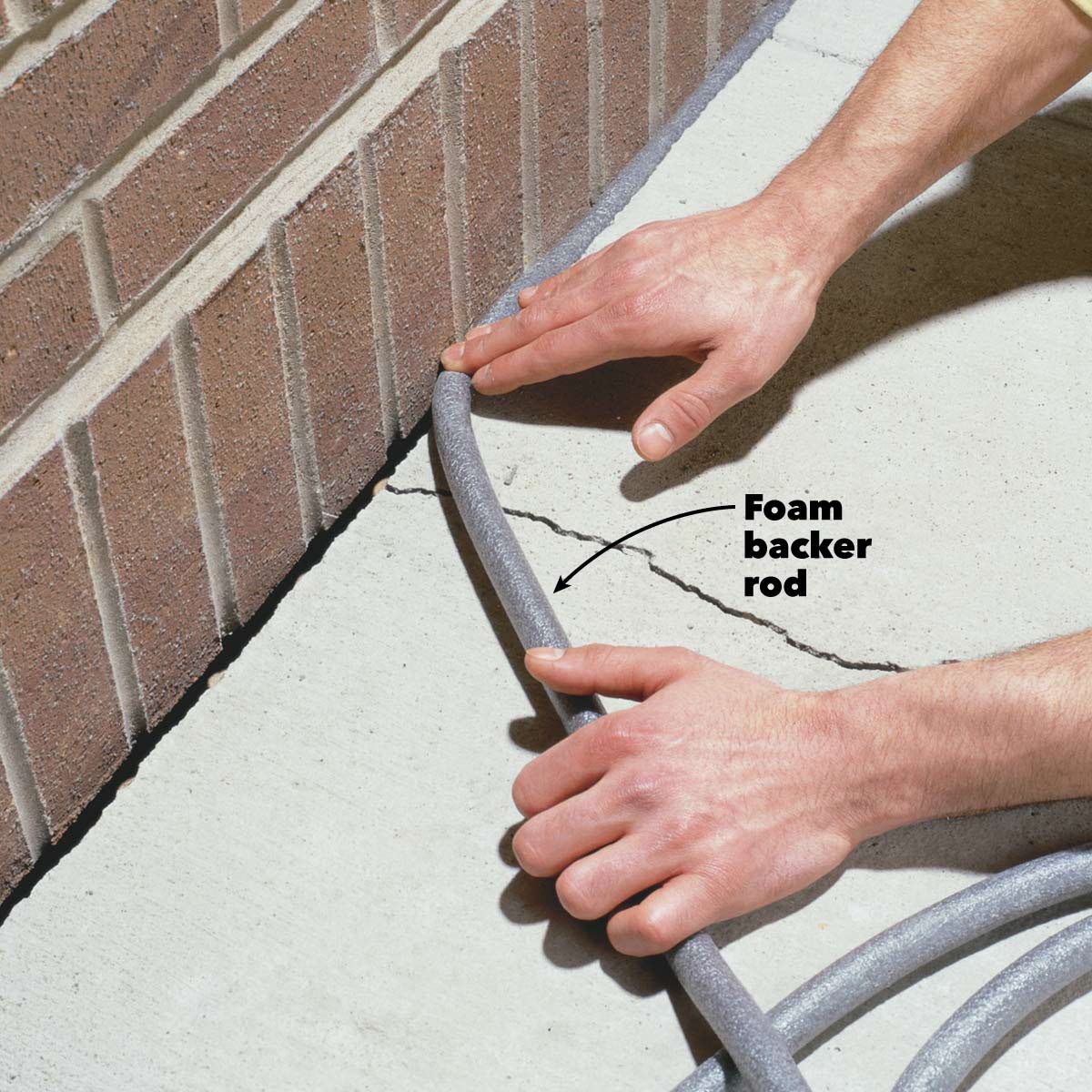
You can use a putty knife to push the rod into the crevice. This type of caulk is suitable for a wet environment. The backer rod is wide enough so friction holds it just below the gap’s surface. Silicone caulk silicone caulk is probably the most versatile variant as it works well on all kinds of surfaces. Just insert it into the gap and then dispense the caulk on top of the rod. Outdoor Caulk For Brick Rona Mantar.
The whole point of caulking is to create a seal that does not allow moisture in. The backer rod is wide enough so friction holds it just below the gap’s surface. Also, you can use it to fill gaps and cracks on wood. Fill larger gaps with steel wool and foam. Finish the bead with either caulk smoother or soapy water and your finger. Caulking a large gap HomeImprovement.
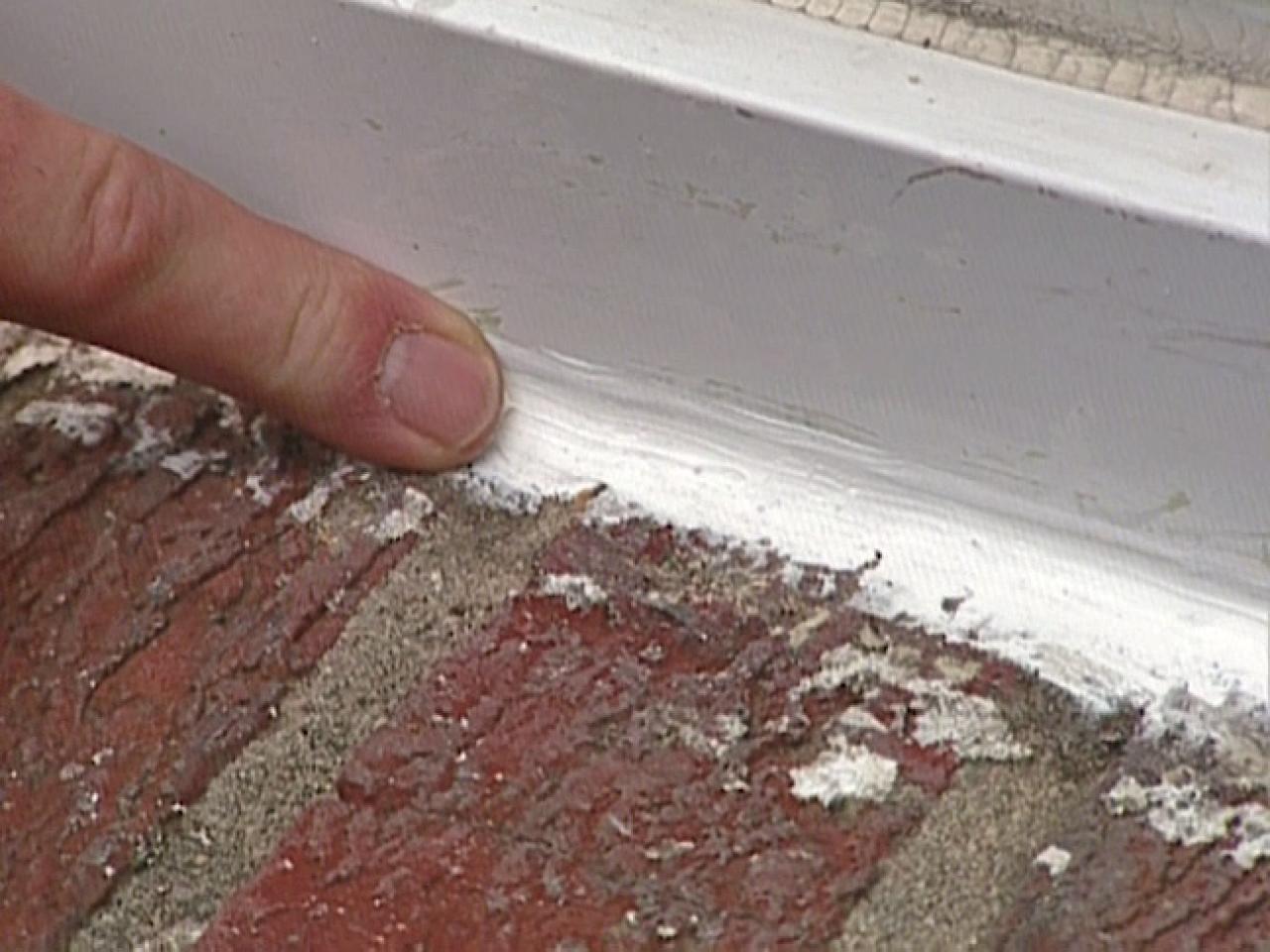
Applying exterior wood caulk for large gaps, make two cuts, one on either side of the joint and pull the caulk from the center. Just insert it into the gap and then dispense the caulk on top of the rod. On most new homes, the trim goes up after the siding is installed, which creates a large gap that should not be caulked. You can caulk a large joint like that, but do not try to fill it entirely with caulk. Thoroughly cleaning the area before caulking it is a good way to ensure that the sealant adheres to the building material as well as possible. How to Check and Seal Windows howtos DIY.

Place the tubing in the crack and push it down. To be thorough, all the old caulk should be cleaned out, prime bare wood, add backer rod, caulk, reprime, then finish paint. If you go beyond those limits, then a backer rod is recommended. Use caulk to seal small cracks. Apply the caulk over the filled joint and strike smooth. Caulking the Gaps YouTube.
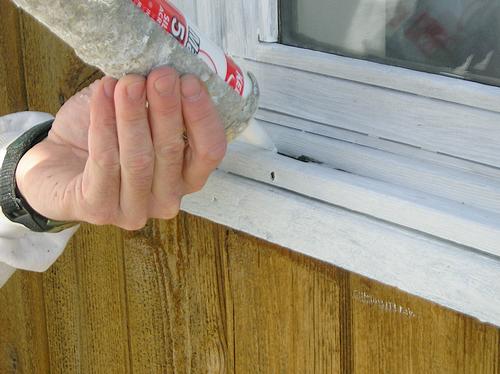
Now for this kind of gap, you�ll want to cut the nozzle further from the tip to produce a wider bead. Once the caulk is dry, you can paint or finish over it as you may have already planned to do. Use a caulk gun to apply a fresh bead of caulk into the gaps or joints. Once the spray foam is dry, trim off the excess leaving the spray foam slight shy from the surface. This type of caulk is suitable for a wet environment. Caulking Door Gap & Filling Big Gaps Around Windows With Caulk.

Puchasebacker rod, a styrofoam rope, and place it in the joint first. Once the spray foam is dry, trim off the excess leaving the spray foam slight shy from the surface. What happens if you use caulk that isn�t rated for the size of gap you have? Once the caulk is dry, you can paint or finish over it as you may have already planned to do. Another method of filling large gaps is to use expanding spray foam. Caulking Large Gaps In Concrete.

Use fine wire mesh to cover large openings. Agreed, the loose material should be cleaned off as well, spot primed before the backer rod is installed. Walk around your home and identify problem areas. The main selling point of polyurethane caulk is that it expands as it dries. Use fine wire mesh to cover large openings. caulking How can I fill a gap between the exterior wall.
A carefully placed tooled caulk joint, with the right size backer rod behind it will appear as a larger flat piece of the actual window trim. Just insert it into the gap and then dispense the caulk on top of the rod. Puchasebacker rod, a styrofoam rope, and place it in the joint first. Wet your finger slightly and use it to smooth the caulk onto the wood or masonite at either side of the joint. Wait until the caulk is completely cured before coming back to put a surface bead on. Caulking Concrete Cracks The Family Handyman.
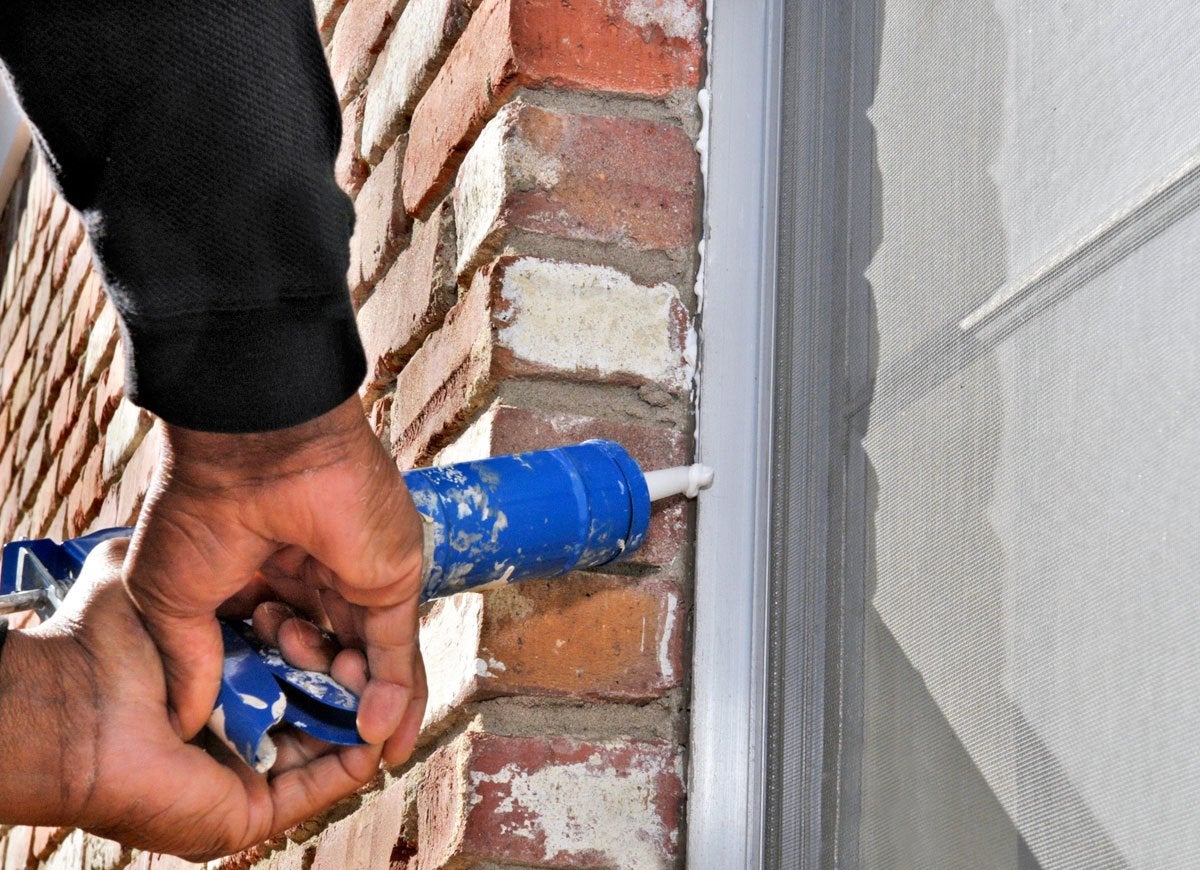
On most new homes, the trim goes up after the siding is installed, which creates a large gap that should not be caulked. In the old days, the builder would install the trim, bring the siding up to it, and caulk the corner. Fill larger gaps with steel wool and foam. Caulk the remaining gap as normal, the expanding foam will stop the caulk from falling into the gap. This caulk is built to resist mildew, therefore protecting your home from molds. Caulk Gaps and Cracks Energy Efficient Homes Upgrades.

Thoroughly cleaning the area before caulking it is a good way to ensure that the sealant adheres to the building material as well as possible. We recommend using a backer rod before caulking large gaps. Apply the caulk over the filled joint and strike smooth. In the old days, the builder would install the trim, bring the siding up to it, and caulk the corner. Also, you can use it to fill gaps and cracks on wood. Exterior Caulking Tips.

It dries faster, leaving a well paintable surface. Use fine wire mesh to cover large openings. A single bead of caulk can fill gaps up to 1/4 inch. Once the caulk is dry, you can paint or finish over it as you may have already planned to do. Apply the caulk over the filled joint and strike smooth. Filling big gaps around windows with caulk YouTube.

Use caulk to seal small cracks. Just insert it into the gap and then dispense the caulk on top of the rod. Buy both sizes, 1/2 and 3/8 inch, and force fit it into the joint to within 1/4 inch of the surface. Use a caulk gun to apply a fresh bead of caulk into the gaps or joints. For that reason, this is the type of caulk best used on large and/or irregularly shaped gaps. Fix a large structural crack in a stucco wall with.







